InterGlobe Foundation (IGF), the philanthropic arm of aviation major InterGlobe Enterprises Pvt. Ltd., is dedicated to culture and heritage preservation, environment protection, and sustainable livelihood promotion. This commitment takes shape through responsible practices, tailored programs for underserved communities, and support for their social, economic, and environmental progress. IGF stands out as one of the rare foundations safeguarding India's cultural heritage through multiple projects, emphasizing the significance of preserving and promoting these treasures for future generations. The foundation has implemented over 25 projects in the last nine years, successfully impacted the lives of over 7 lakh people.
In this comprehensive interview with TheCSRUniverse, Dr. Monica Banerjee, Head of InterGlobe Foundation, takes us through the remarkable work and achievements of IGF. She discusses how keeping the community at the centre of their work ensures not only the success, but long term sustainability of their projects. We are introduced to the rich knowledge garnered through their extensive work in preservation of built, natural and cultural heritage. The interview sheds light on their intricately designed initiatives and how different aspects of their work align together to produce more holistic outcomes.
Scroll down to read the full interview:
Q. Please provide us with an overview of the overarching vision and objectives of InterGlobe Foundation (IGF) and how the realm of Culture and Heritage Preservation aligns with it.
InterGlobe Foundation (IGF), the philanthropic arm of InterGlobe Enterprises Pvt. Ltd., was established with the vision of "Building pride in communities through providing sustainable livelihoods, by conserving the environment, and promoting heritage and culture". The foundation continuously strives to take actions that ensure they are socially accountable, ecologically sustainable, and economically prudent.
Since its inception, the InterGlobe Foundation has been committed to creating a meaningful and transformative impact in three areas:
- Culture and Heritage Preservation and Promotion. InterGlobe Foundation has been committed to protecting and restoring the heritage and culture of India with the twin objectives of creating pride in communities living in the vicinity of heritage monuments and reviving fast-declining intangible culture.
- Environment Conservation with the objective of protecting and preserving the land, water, and forests of India so that the community as a whole has an enabling eco-system to not only benefit but also co-own.
- Livelihood Promotion with the objective of empowering communities and groups who are socially and economically marginalized so that they get a life of dignity and quality through the processes of collectivization and institutionalization within the community.
The alignment with heritage conservation and preservation, specially built or tangible heritage and cultural or intangible heritage, in addition to the natural heritage, were a given choice since the conglomerate has business interests in the travel and hospitality sectors. Additionally, very few corporates and CSR initiatives were focusing on heritage preservation. We took this on and remained committed to working in the area of preserving, protecting, and promoting India’s diverse heritage and culture. We firmly believe that conservation, preservation, documentation, and promotion of our cultural heritage are essential to ensuring these treasures for future generations. We partner with organisations that are committed to conserving this history through structural restoration at India’s heritage landmarks. The revival of craft skills and cultural legacies and building pride in communities is also an integral part of all our restoration projects, enabling us to not only protect our heritage but also help create job opportunities within local communities.
We were able to understand the manifold nuances of heritage and the facets around its preservation—for instance, the difference between restoration and conservation of built heritage for a profound impact; the need to view heritage from the prisms of built, natural, and cultural heritage; the key role that communities living in the vicinities of built and natural heritage play in their preservation; and the idea that appropriate and all-encompassing efforts at heritage preservation could lead to a boost in tourism and thereby livelihoods or economic growth in micro and macro contexts. Today, these are the key drivers for InterGlobe Foundation to commit resources to the preservation and protection of heritage—built, natural, and cultural.
In the last nine years, InterGlobe Foundation has implemented over 25 projects with the leading NGOs in India and successfully impacted the lives of over 7 lakh people.
Q. Could you tell us a little more about your work in this domain- what type of projects did the Foundation begin with and how has the scope of your initiatives expanded over the years?
A. InterGlobe Foundation expanded to various communities residing in diverse regions and geographic locations in the country. For specific regions, such as a collection of villages, a block, or a peri-urban area, projects with a term of at least three years and up to five years were conceived. Additionally, for all projects, grassroots organizations in the non-governmental sector were chosen for collaboration. Collectively, these initiatives have helped ensure more than 25 projects over the years, partnerships with more than a dozen reputable grassroots organizations, and a positive impact on over seven lakh lives.
Following are some of the initiatives that IGF has undertaken in the past few years:
Culture and Heritage Preservation and Promotion
- Conservation and Cultural Revival of the Tomb of Abdur Rahim Khan-I-Khanan, Delhi: In 2014, InterGlobe Foundation, in collaboration with the Aga Khan Trust for Culture (AKTC) and the Archaeological Survey, commenced a project to conserve and restore Abdur Rahim Khan-I-Khanan’s tomb in Delhi. This was one of the first few corporate-led conservation initiatives at one of India’s nationally protected monuments. The conservation of this 16th-century tomb involved structural repairs on the interior and exterior of the mausoleum, restoring the slopes and heights of the landscape, restoring the original marble patterns on the dome, hand-carved on-site by stone craftsmen, and much more. Cultural revival in the form of research, documentation, and dissemination of Rahim's work through films, music, and a permanent on-site exhibit was part of the efforts. Mapin, in collaboration with AKTC, published "Celebrating Rahim," a book of distinguished national and international scholars' essays on Rahim's many virtues. The project also protected a dying craft skill, created jobs for craftsmen, and improved the quality of life in nearby communities. The restored mausoleum was inaugurated in 2020 after six years of conservation efforts.
- Restoration of Indrakund: A restoration project was initiated in 2018 in collaboration with Seva Mandir to restore Delwara’s historic 19th-century Indra Kund stepwell. The project included cleaning the water, restoring its stonework, fencing, beautifying the surrounding areas, and creating a community-safe space. Indra Kund’s rare historic Persian Wheel was also recreated and restored. More than 5,000 people visit the site annually, and the Kund is used for community gatherings to celebrate various festivals and events. The project also helped create entrepreneurial opportunities for the local youth.
- My City, My Heritage: With this campaign, the InterGlobe Foundation aims to motivate people to protect, preserve, promote, and raise awareness about the value and importance of heritage and culture in India. The focus is to encourage greater participation in the preservation of our built and cultural heritage and activate meaningful partnerships across sectors to strengthen heritage while also creating an environment where both heritage conservation and tourism can thrive and generate livelihoods for communities. The campaign draws on the materials previously developed in partnership with Sahapedia to explore, document, and spread the diverse heritage and cultural aspects of ten Indian cities: Prayagraj, Indore, Nashik, Bhubaneshwar, Hyderabad, Ahmedabad, Chandigarh, Goa, Kolkata, and Shillong. More than two hundred cultural points of interest were identified as part of this project, heritage walks were conducted and the material developed has been captured in the form of city booklets, which are now available to the public in both print and digital formats.
Environment Conservation (Natural Heritage):
- No Open Waste management in the vicinity of Kumbhalgarh Fort, a UNESCO world heritage site: The "NOW (No Open Waste) Kumbhalgarh" project in Rajasthan targets better living conditions near Kumbhalgarh fort. It aims to safeguard cultural heritage and promote environmental conservation through effective waste management practices. Stakeholders, including shop owners, hotels, the local panchayat, and residents, participate actively.
- Revival of Natural Resources for Community Forestry and Water Development - In the tribal belt of the Eastern Ghats, in Kalahandi, Odisha, a Community Forestry and Water Development multi-year project initiated in collaboration with Gram Vikas, highlights the crucial role of communities and collaborations in protecting the environment and revitalizing natural resources. Through community mobilization and institution development, the project empowers local villages to address ecological degradation. Collaborative efforts focus on watershed development, agriculture, horticulture, animal husbandry, and minor forest produce.
- Building Water Sustainability - The project aims to improve irrigation in the dry, hilly, and degraded tribal regions of Narmada district in Gujarat, fostering the preservation of traditional knowledge and natural heritage. Active involvement of the local community and farmers ensured efficient utilization of water resources and increased agricultural productivity. Training on water efficiency, crop rotation, and essential resources were provided to empower the community.
Livelihood Promotion
- Project Pragati in Kamrup, Assam – This project empowers women to become micro-entrepreneurs of Arecanut leaf plate-making enterprise and create sustainable livelihoods The project focused on creating a complete ecosystem for the Arecanut women entrepreneurs that includes raw material collection, production, marketing, and training in managing enterprises and highlights the transformative power of community partnerships, entrepreneurship, and environmental stewardship.
Q. Given the diversity of cultural heritage in India, how does InterGlobe Foundation prioritize which projects to undertake and which sites to focus on?
A. InterGlobe Foundation prioritizes projects that provide an opportunity to weave in or blend most of the pillars of importance for us: Heritage, Environment, and Livelihoods. For instance, the No-Open-Waste project near Kumbhalgarh Fort, where keeping the focus on the environment in the vicinity of the heritage monument has not only boosted sustainable heritage tourism but has also made the community women co-own the project and enable empowerment and livelihood promotion. Similarly, the restoration of Rahim’s tomb was not just about restoration but also involved livelihood promotion for artisans and craftsmen as well as cultural revival.
InterGlobe Foundation also places strong emphasis on inclusion, ensuring that all its projects are carefully selected, refined, and shaped in line with the needs of marginalized and vulnerable communities in mind. This commitment extends to various segments of our society, remote regions, as well as specific groups like individuals with disabilities, youth, women, and children. This approach is regularly harnessed in projects encompassing built infrastructure, natural resources, cultural heritage, and sustainable livelihoods.
Identifying the right kind of civil society organisations, those who share the right ethos, passion, commitment, and professionalism to work on long-term development hence becomes a key priority for us.
Q. India boasts a significant number of UNESCO World Heritage Sites. How does IGF contribute to the conservation and promotion of these cultural treasures?
A. InterGlobe Foundation started its journey by supporting the restoration and conservation work of the famous Abdur Rahim Khan-I-Khanan’s Mausoleum in New Delhi. It was one of the first privately undertaken conservation effort conducted within the framework of Corporate Social Responsibility and one of the largest conservation efforts undertaken at a nationally significant monument in India. Since then, we have taken on many other conservation and preservation projects. Our restoration projects also focus on reviving the craft skills enabling us to not only protect our heritage but also help create job opportunities within local communities. Cultural revival in the form of research, documentation, and dissemination of Rahim's work through films, music, and a permanent on-site exhibit was part of the efforts. In association with AKTC and Mapin, "Celebrating Rahim," a book of distinguished national and international scholars' essays on Rahim's was published.
We initiated the My City My Heritage project in association with Sahapedia, to promote the intangible heritage of our country. As part of the project, we curated content and activities to help people explore and rediscover their cities, which culminated in the form of city booklets. The campaign was further expanded in 2022 with the aim of raising awareness and motivating people to preserve, protect, and promote our cultural roots. The campaign started with a panel discussion event in Delhi, followed by a series of heritage walks across various cities. Through this initiative, our focus was to encourage greater participation in the preservation of our built and cultural heritage and activate meaningful partnerships across sectors to strengthen heritage while also creating an environment where both heritage conservation and tourism can thrive and generate livelihoods for communities.
InterGlobe HERITAGE Fellowships: InterGlobe Heritage fellowships launched was launched in 2022, to document, research, and raise awareness of India’s incredible heritage. After a thorough selection process by an eminent jury of art historians and conservation architects, two fellows were selected to research on the selected topics. The program has been taken forward again this year with InterGlobe Heritage Fellowships 2023.
Tangible Conversations Intangible Heritage (TCIH) Exhibition: InterGlobe Foundation brought to the public an enthralling and highly engaging exhibition recently. Held at the India International Centre over a fortnight, it showcased the unique story of India’s culture and heritage through photo-essays, videos and installations while also highlighting the heritage preservation and conservation efforts taken by InterGlobe Foundation.
InterGlobe Foundation’s innovative approach to creating a sustainable and multi-stakeholder (community-civil society-local govt- private-central govt) solid waste management model in Delwara, Rajasthan (in the vicinity of Kumbhalgarh Fort, a UNESCO world heritage site), is being scaled up further and also getting replicated in Delhi and Assam.
Q. In what ways does IGF engage with local communities to ensure that heritage preservation efforts are inclusive and have a positive impact on their lives?
A. Conserving heritage through various projects, whether it was Rahim’s tomb in Delhi or Indra Kund stepwell in Rajasthan, has ensured livelihoods for craftsmen engaged in the process. These efforts have successfully built private-public-civil society partnerships and models and, as a result, created an environment where communities not only take pride in India’s diverse heritage and culture but also benefit from it. With stakes in the management of these heritage sites, the communities have stood to gain with the local economy thriving in various spheres, thus adding to the well-being of the community, area, local government, and other businesses, including those of hotels and shopkeepers. The community’s co-ownership of the restored monuments has ensured better footfall for tourists and also livelihoods for the local youth (e.g., walk leaders in Delwara or women turning into culinary entrepreneurs in Nizamuddin Basti in Delhi).
For instance, the Rahim’s tomb restoration, with over 175,000 man-days of work by 50 master craftsmen from adjoining areas and significant monetary resources spent over six years, provided both livelihoods and a sense of pride for the communities living in the vicinity of the monument. Not to say the gains were not for visitors and tourists; lakhs of commuters view the revived mausoleum daily. The No-Open-Waste model in Kelwara, near Kumbhalgarh Fort, Rajasthan, has now incorporated tanka stitching as a livelihood option for women members of the community that co-owns the model built around heritage and environment.
Q. Were there any challenges that IGF encountered in its journey to preserve and promote India's cultural heritage, and how did it overcome them?
A. Identifying the right kind of civil society organisations, those who share the right ethos, passion, commitment and professionalism to work on long term development is a key priority for IGF. Hence, scoping the right partners or civil society organizations (CSOs) and making inroads into the communities though challenging is a very important task. Additionally, managing multiple stakeholders, including technical agencies, grassroots CSOs, local government, traders associations, communities etc. in a given project location and ecosystem also pose certain challenges.
IGF addresses these issues by affording itself the opportunity of time and space to identify suitable partners. Our own extensive experiences and connections aid in assessing democratic CSOs. We are well aware that giving communities sufficient time is crucial for achieving meaningful outcomes. Instead of focusing on short-term and haphazard projects, the InterGlobe Foundation designs long-term programs whose direct and indirect benefits and outcomes could be visible only after a few years. These long-term projects facilitate the establishment of strong relationships with various stakeholders, provide ample time for several discussions and revisions to ensure alignment, periodic evaluations and course corrections, and, finally, drawing conclusions and making sense of the larger picture.
Q. Could you elaborate on how IGF identifies and collaborates with like-minded organizations for its heritage conservation projects?
A. Identifying the right kind of civil society organisations, those who share the right ethos, passion, commitment, and professionalism to work on long-term development is a key priority for us. Hence, scoping the right partners or civil society organizations (CSOs) is a very crucial.
However, once a partner is chosen based on their technical, professional, and ethical skills and knowledge base, we believe in delegating sufficient authority and autonomy to the organisations to ensure that the results actually benefit local communities and are democratic in nature. We work with the true spirit of partnership honoring the contributions of all parties involved and giving due credit to partners’ efforts while focusing on the big picture.
Q. You recently participated in the UNESCO Sub-regional Conference on World Heritage. Can you tell us more about IGF's role in this event and the outcomes you achieved?
A. InterGlobe Foundation was the only corporate foundation at the event, and we are proud to have been chosen to participate in the conference. Heritage preservation and conservation is a key focus area for us, and with our participation, we hope to have built an environment that encourages participation in this space by other leading corporations too.
InterGlobe Foundation was recently also invited to present its work on the No Open Waste project near the UNESCO heritage site of Kumbhalgarh Fort. Our focus on keeping community at the core of this initiative on combining heritage, environment, and livelihoods drew immense appreciation.
Q. Looking ahead, what are some of the upcoming projects or collaborations that IGF is working on pertaining to heritage preservation and culture promotion? Are there any specific goals that you have set for the medium term (3-5 years)?
A. InterGlobe Heritage Fellowships were launched last year, and this year too, we have initiated this to encourage individuals to offer fresh perspectives on the tangible and intangible heritage of the country and visually capture themes of communities, local practices, built spaces, traditions, and more. Two fellows will be chosen and will work on the selected projects.
To amplify and add more vigor to community initiatives, the InterGlobe Foundation, in collaboration with InterGlobe Hotels, plans CSR activities around community development in a sustained manner. This partnership would enable a series of development projects in Delhi and Bengaluru and will focus on the 4E's—education, Empowerment, Employability, and Environment for children, women, and youth from marginalized communities.
My City My Heritage campaign will host further sets of heritage walks in various towns and cities with the aim of setting the tone for conversations and partnerships around the preservation of heritage and instilling a sense of pride among the communities living in the vicinity of these monuments and visitors to these cities.
Following our success in showcasing an effective, all-stakeholders-engaged waste management model in Rajasthan, InterGlobe Foundation is now replicating the project in Delhi, and Assam, in partnership with civil society, the community, technical agencies, and municipal boards. We plan to take it to other areas too.
Tangible Conversations, Intangible Heritage exhibition will also soon be taken to various cities of the country showcasing India’s Tangible and Intangible Heritage, artforms, livelihoods, and built, natural and cultural heritage.



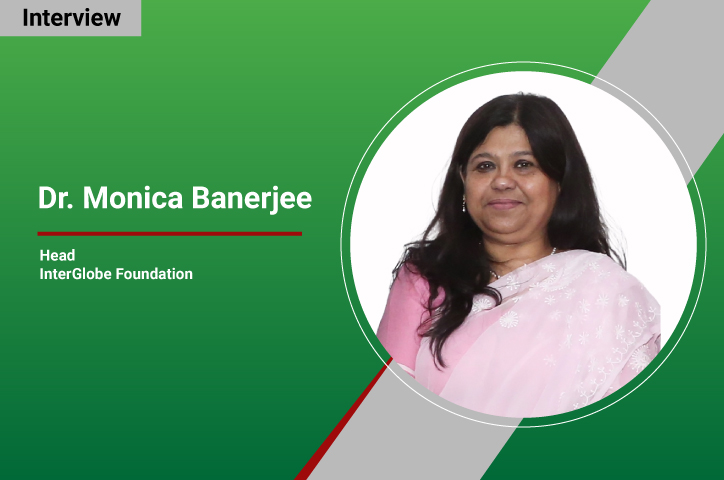

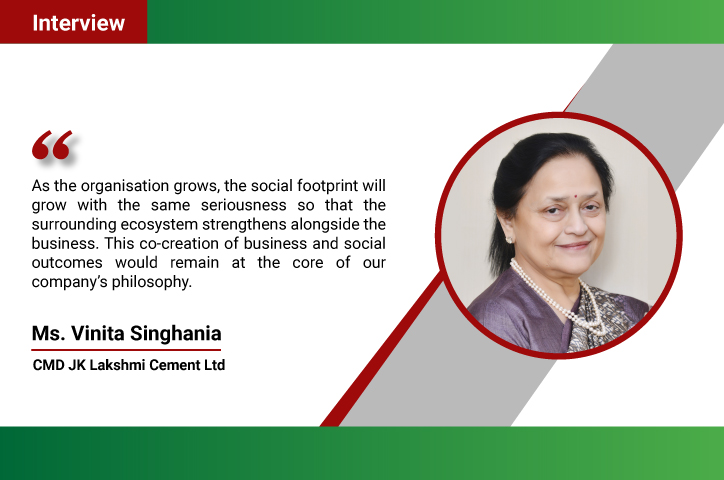
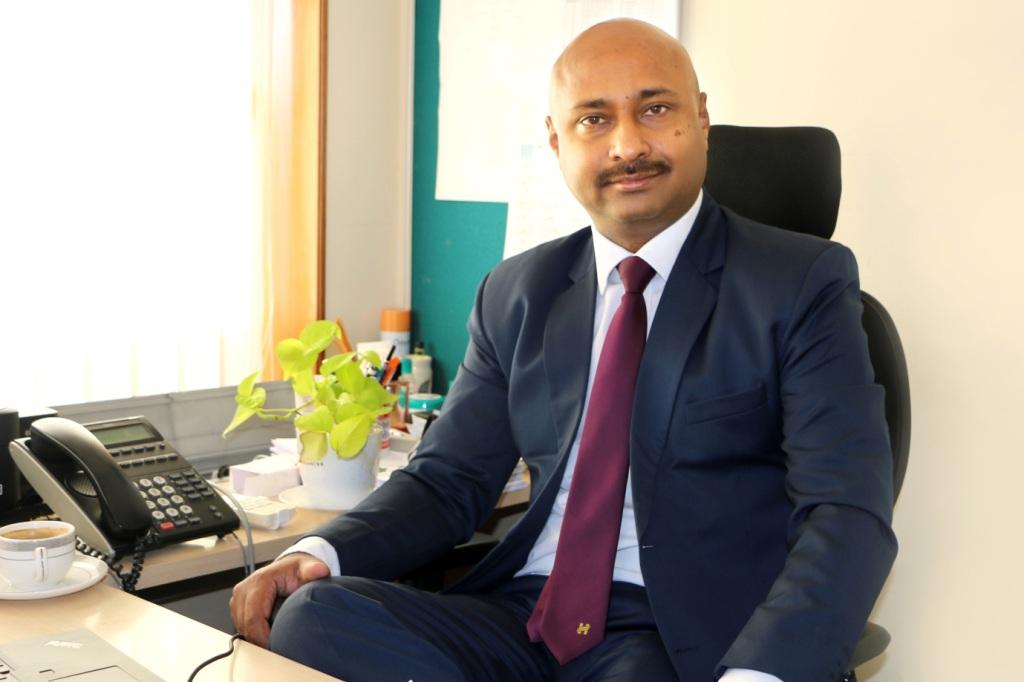

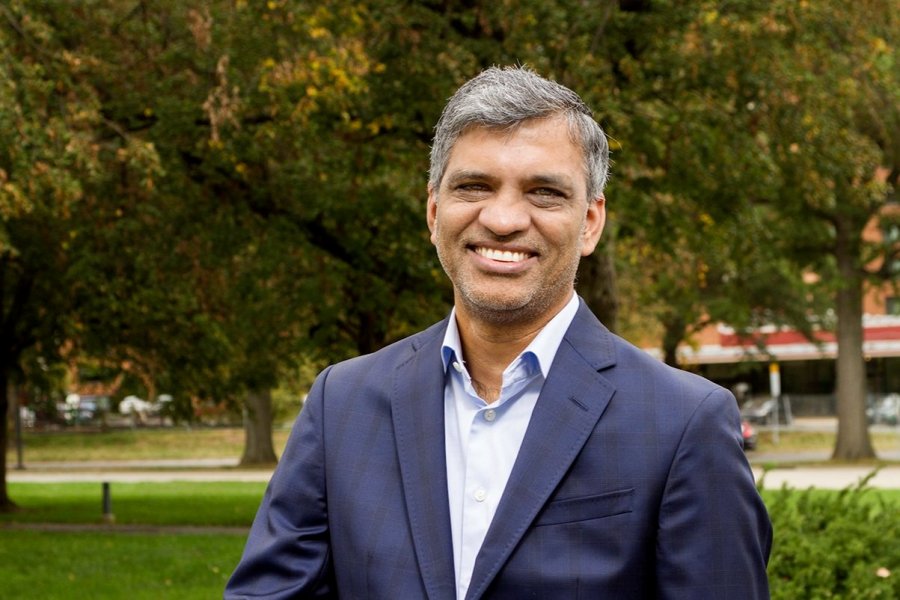
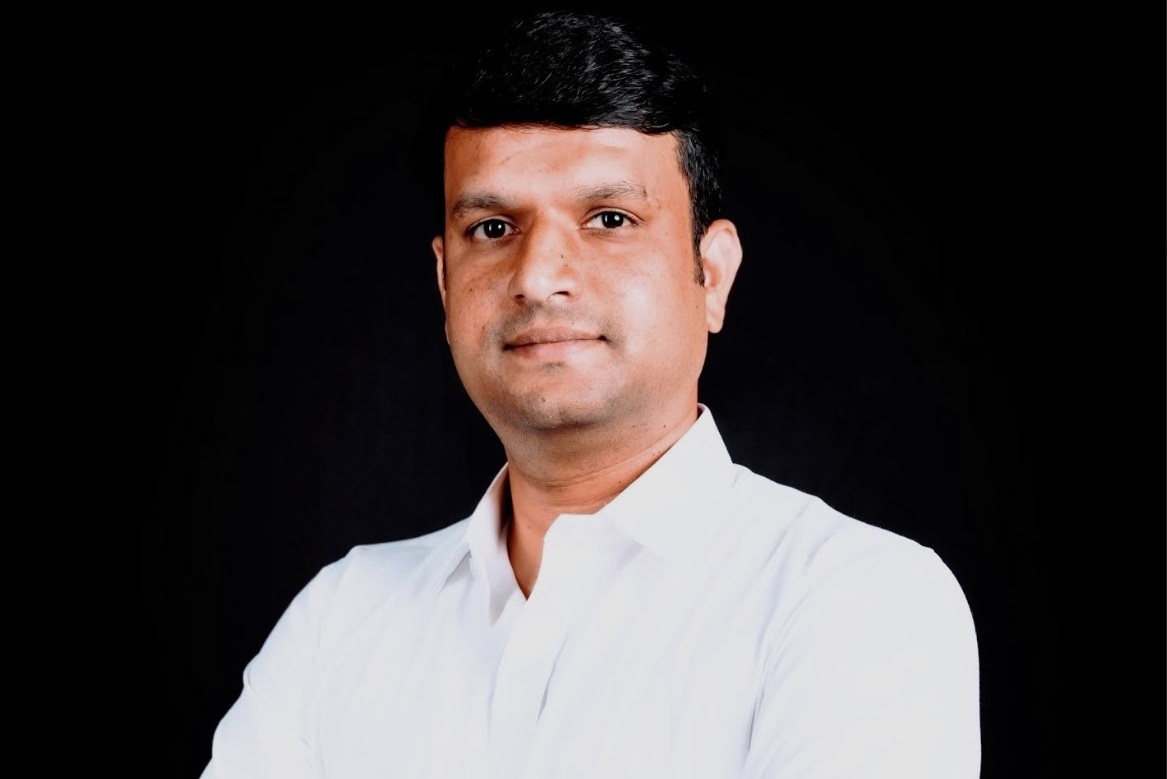
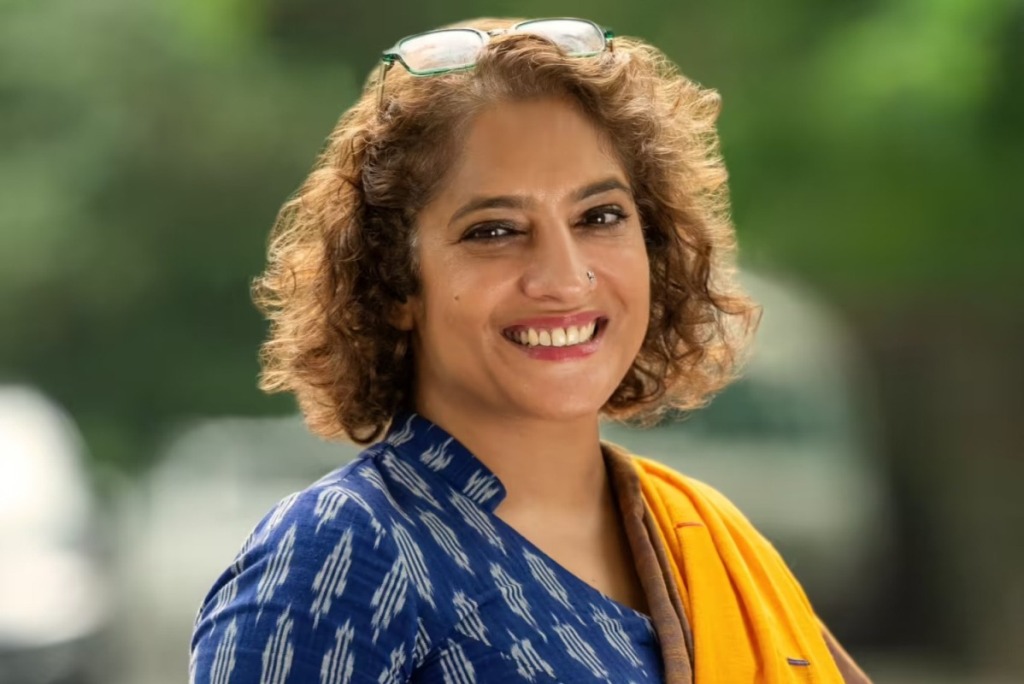
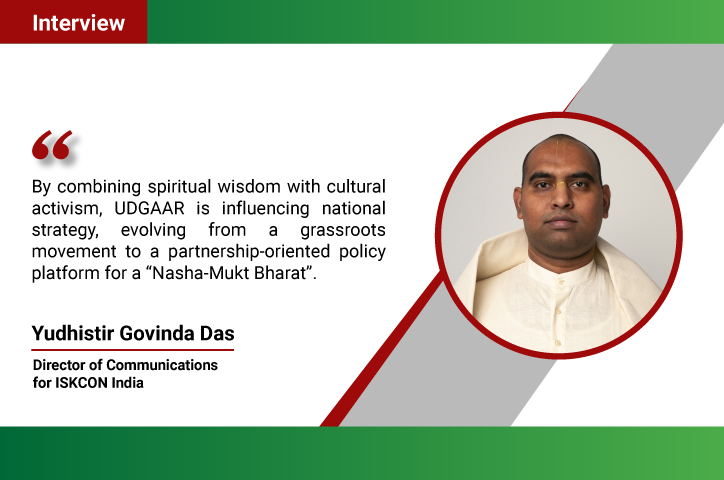


.jpg)




